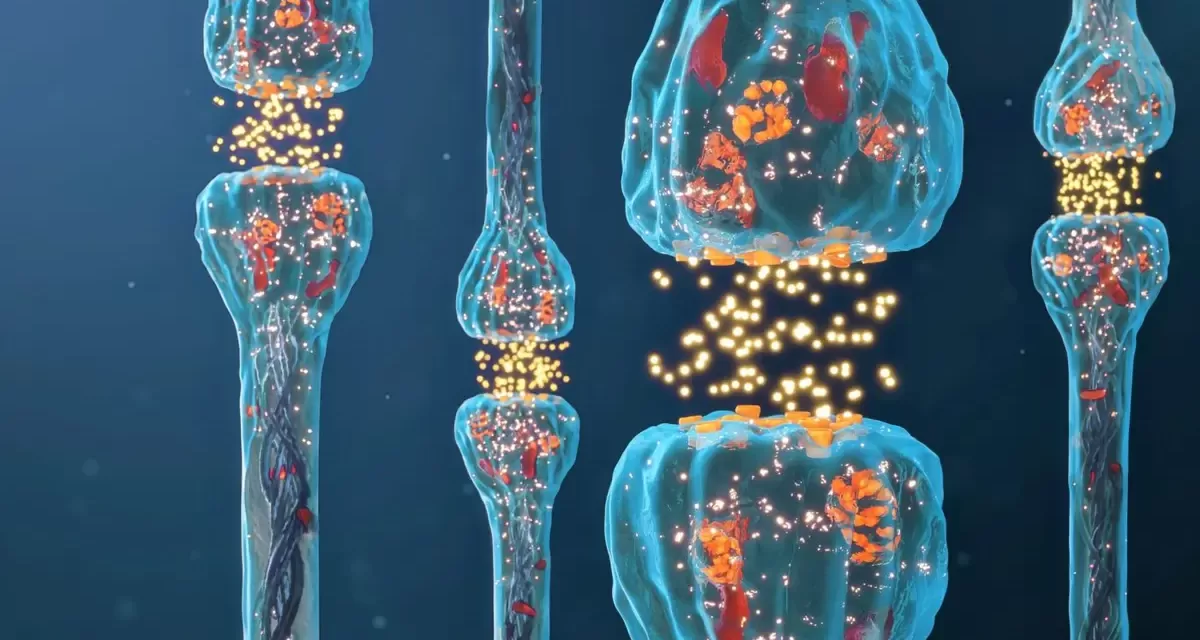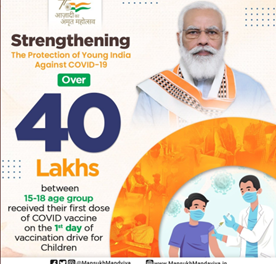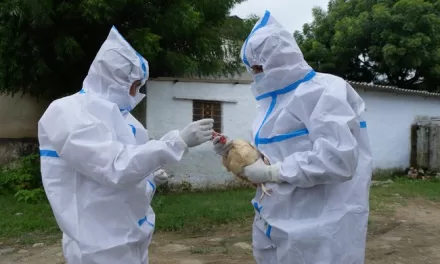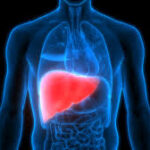Every day, our brain makes thousands of decisions, ranging from trivial choices like selecting a meal to major life-changing decisions such as switching careers. Understanding how the brain weighs risk and reward has long puzzled scientists, but a new study from Harvard Medical School and Harvard University sheds light on this fundamental process.
The Study
The research, published in Nature, utilized machine-learning principles to analyze brain activity in mice. Scientists discovered two distinct groups of neurons: one that helps mice learn from positive outcomes and another associated with negative ones. These neurons work in tandem to help the brain assess the full spectrum of possible rewards linked to a choice.
“Our results suggest that mice—and by extension, other mammals—represent more fine-grained details about risk and reward than previously thought,” said co-senior author Jan Drugowitsch, an associate professor of neurobiology at the Blavatnik Institute at Harvard Medical School.
If confirmed in humans, these findings could provide a crucial framework for understanding how people make reward-based decisions and what happens when the reward-processing system malfunctions, as seen in conditions like depression and addiction.
Machine Learning and Reward-Based Decisions
Traditional theories of decision-making often overlook the complexity of real-world choices. The research team incorporated machine-learning models that consider the full range of possible outcomes rather than just average expected rewards.
In a 2020 study, researchers found that dopamine activity in mice corresponded to learning signals predicted by these machine-learning models. The new study builds on this, showing how the ventral striatum—a brain region involved in processing rewards—stores learned information about potential rewards associated with different choices.
The Role of ‘Optimist’ and ‘Pessimist’ Neurons
Through a series of experiments, researchers trained mice to associate certain scents with different reward magnitudes. By monitoring neural activity, they identified two sets of neurons: one linked to better-than-expected rewards and another to worse-than-expected outcomes.
“You can think of this as having an optimist and a pessimist in your brain, both offering advice on what to do next,” Drugowitsch explained.
When the team silenced the “optimistic” neurons, mice behaved as if they expected smaller rewards. Conversely, silencing the “pessimistic” neurons made mice behave as if they anticipated greater rewards.
These findings suggest that the brain maintains a balanced representation of potential rewards, helping individuals make well-informed decisions in uncertain situations.
Future Implications
The study opens the door to future research on decision-making under uncertainty and the broader implications for human reasoning. Drugowitsch and his team hope to explore how these neuronal circuits influence conditions such as anxiety, addiction, and mood disorders, where risk assessment is often impaired.
“While more research is needed to confirm these findings in humans, the parallels between mouse and human brains suggest this work could offer valuable insights into human decision-making processes,” Drugowitsch noted.
Reference
Naoshige Uchida, An opponent striatal circuit for distributional reinforcement learning, Nature (2025). DOI: 10.1038/s41586-024-08488-5. Available at: www.nature.com/articles/s41586-024-08488-5
Disclaimer
This article summarizes recent scientific research and is for informational purposes only. The findings discussed are based on studies conducted in mice and may not fully translate to human biology. Readers are encouraged to consult original research papers or expert opinions for further insights.











